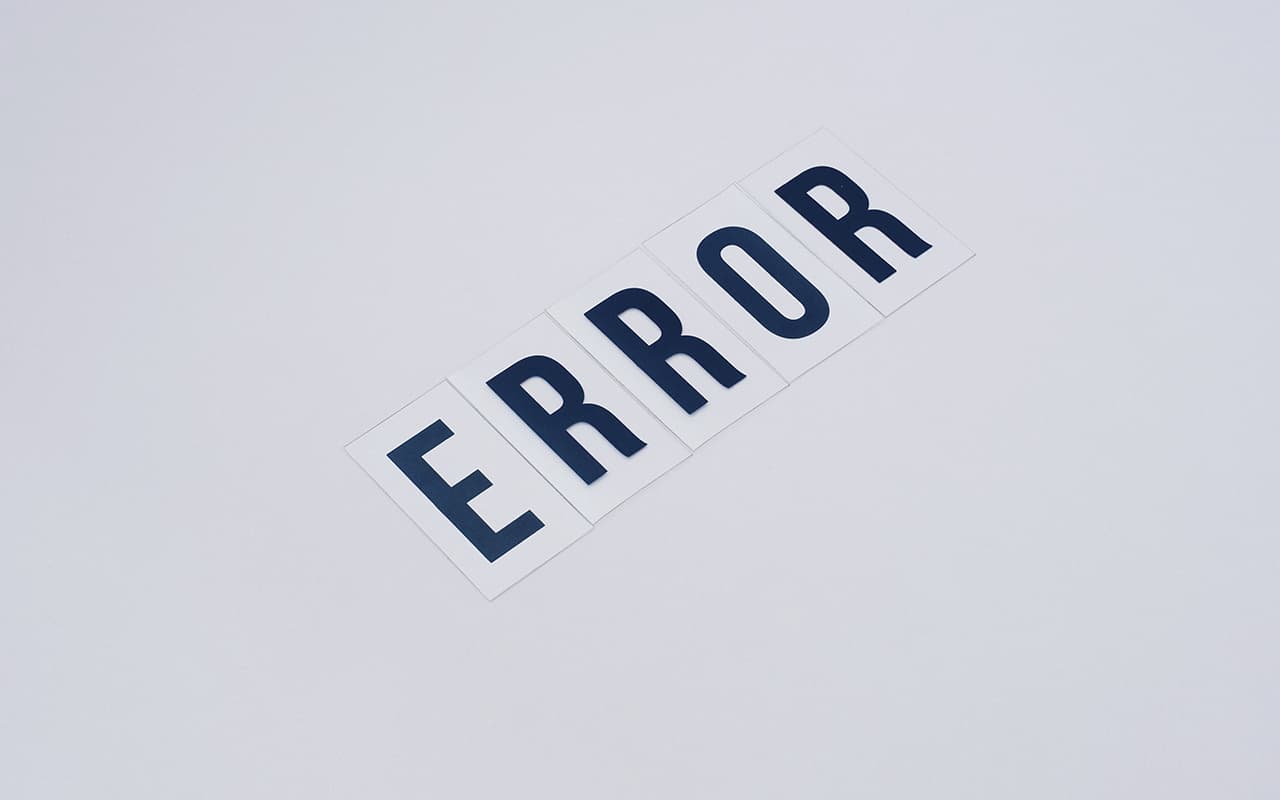If you’re into SEO, you’ve probably heard that link insertions can give your site a good boost. But here’s the catch — not all link insertions are created equal. While some links can send your rankings soaring, there are also those that don’t do a thing. So, if you’re going to spend time and money on getting links, you want to make your links work and help move the SEO needle.
Let’s break down how professional SEO agencies offering link insertion services find link opportunities and secure great placements just like that.
Understanding What Makes a “High-Impact” Link Insertion
Before we dive into the details, let’s get one thing straight: a high-impact link doesn’t just sit there on your page. It works its magic behind the scenes, making your website look more authoritative, relevant, and trustworthy in Google’s eyes.
Authority and Relevance Over Everything
When you’re considering a potential site for link insertion, authority and relevance are two parameters that should be at the top of your checklist.
- Authority: sites with lots of solid backlinks carry more SEO weight.
- Relevance: a backlink from a site in your niche (or closely related) will always pack more punch than a link from a random blog on an unrelated topic.
Bottom line: you should be looking for link insertion opportunities from websites that have already gained trust from both Google and your audience.
Traffic Signals Trust
While domain authority score is highly important, it’s not the only parameter you should be looking at. Real traffic is what matters.
When a site consistently gets good organic traffic, this is a sign that Google trusts the site enough to show it in the top results and send users there. More importantly, the referral traffic from these sites could actually boost your visibility and bring more real visitors your way.
So, before pitching a link insertion, check the number of monthly visitors the potential link target has. Agencies typically use tools like SimilarWeb and Ahrefs to weed out high-impact links.
Placement Context Matters
This one is easy to overlook but placement context is what can make a world of difference. Where your link appears on the page directly affects how much SEO juice it passes. If your link is buried somewhere in the footer, long lists, or — worse — unrelated resources, it’s not going to deliver the expected outcome.
Google is much smarter than it was even a few years ago. Its advanced algorithms can easily sniff out when a link doesn’t look natural or have been used for manipulation, and can penalize your site. So, always push for placements that feel organic and make sense in context.
Step-by-Step: How to Find Link Insertion Opportunities
Now that we’ve figured out what to look for, let’s roll up our sleeves and find those opportunities. Here’s your step-by-step guide.
1. Analyze Your Competitors’ Backlink Profiles
No need to reinvent the wheel. There’s nothing wrong with taking a sneak peek at what your competitors do and what’s already working. Start by checking out where your rivals are getting their backlinks. Tools like Ahrefs, SEMrush, or Moz can show you their backlink profiles.
Look for patterns. Are these sites repeatedly linking to your competitors? Do some of the blogs seem more open to link insertions? This is your first clue on where you should focus your efforts.
2. Identify Evergreen and High-Performing Content
Not all pages are equally valuable for link insertions. Some of the links only stay for a certain amount of time and then drop, which would negatively affect your rankings. Look for evergreen content — articles that don’t lose relevance year after year. This way, your link will continually bring SEO value, while you’ll save time on trying to recover what’s been lost.
3. Filter Out Low-Quality or Spammy Sites
Don’t chase just any links, because many of them are junk. You don’t want your brand associated with shady sites. As mentioned, Google’s algorithms can easily spot spammy backlinks and penalize you for them. Be picky. If the site looks fishy or feels like it’s been built solely for selling links — which many of them are — steer clear.
4. Build a “Dream List” of Target URLs
Once you’ve done research, start building your target list. These should be specific URLs (not just domains) where a link to your site would make sense and deliver real value. A good list should combine a mix of both authority sites and niche blogs.
And remember — quality beats quantity every time. Ten links placed on high-tier sites can do far more for your positions than a hundred links from low-DR sites.
Outreach Tips for Securing Link Insertions
Now when you’ve got your targets, the next step is to outreach, which is where the challenge begins. Getting a “yes” from publishers can be a hard game. Here’s how to improve your odds.
Personalization is Critical
Nobody likes getting a spam email, and website owners are no exception. Take the time to personalize your outreach. Mention something specific about their site, like an article you enjoyed or a recent update you noticed. A little flattery (genuine, of course) can go a long way. It shows you’ve done research and aren’t just blasting emails left and right.
Offer Value, Not Just Money
Yes, there are sites out there that will offer you a link for payment, and that’s fine, within reason. But if you want to stand out and build long-term relationships with vendors, you should be able to frame your offer around value, not just dollars.
Perhaps your link adds an important resource that could bring value to the publisher’s website, or maybe backs up a point in the article. Maybe, you could go the extra mile and offer a social share or a mention on your website in return?
The point is: the more you can make the site owner feel like they’re getting something worthwhile, the better your chances.
Negotiate Placement Details
Once you get a “yes”, don’t just hand over your link and walk away. Discuss with the website owner where your link will appear. Remember — context matters. Ask for placements in the main body of the content. Ideally, it should be near the top where both readers and search engines will notice it.
Besides, you should make sure the link will be “dofollow” so it passes SEO value and will stay live for a long time. It’s important to negotiate all of this right away to avoid surprises later.
Conclusion
Link insertion is a powerful tool that should be in any SEO expert’s arsenal. No wonder so many link-building firms offer link insertion services. However, it works only when done right. Chasing any old link won’t cut it. You need links from high-authority, relevant sites with real traffic, and make sure they are woven into the content as naturally as possible.
Follow the steps from this guide, and you’ll not only get better links but also see your rankings move.



